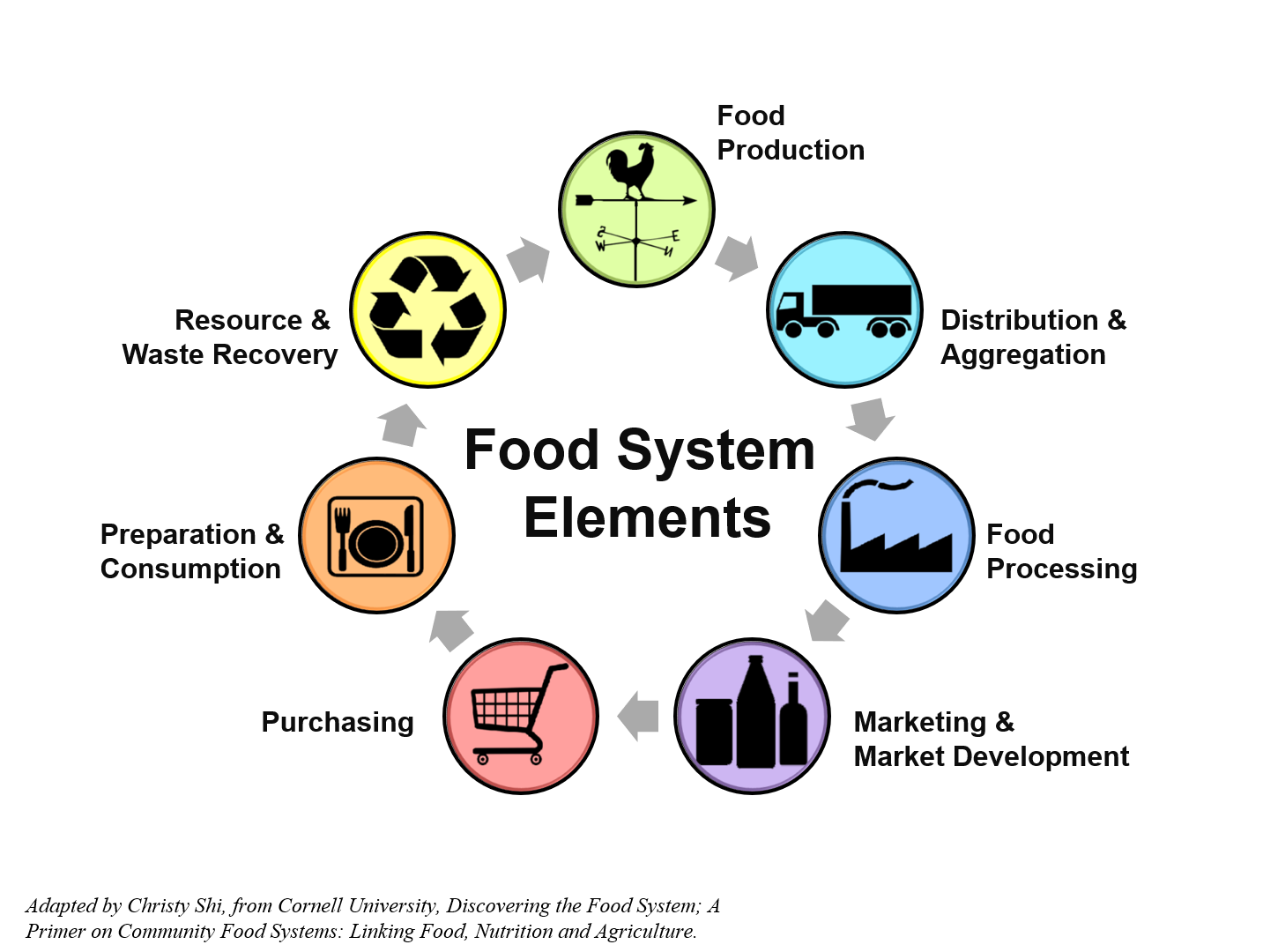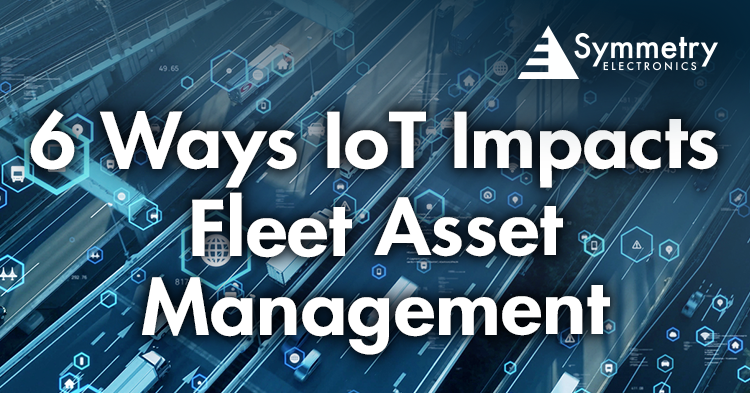- Home
- Braemac Blog
- Is IoT Asset Tracking the Answer to Food Supply Chain Issues?
Is IoT Asset Tracking the Answer to Food Supply Chain Issues?
About Jari Haiston
In what some are calling the ‘end of days,’ supply shortages are ravaging food systems globally. Shortages affect some of our pantry favorites like beer, sriracha, and popcorn. More importantly, food supply chain issues are affecting staples of local economies like wheat and sugar (sugarcane). Even infants are affected by food supply chain issues. In May 2022, 43% of infant formula products were out of stock nationwide. Many consumers have the luxury of selecting alternatives when their favorite products aren’t available at the grocery store, but the larger percentage of the world does not. That’s where the internet of things (IoT) comes in. IoT-enabled asset tracking systems are the solution that the food supply chain so desperately requires.
What Is the Food Supply Chain?
In the crux of industry 4.0, supply chain is one of the 11 pillars of the fourth industrial revolution. On a more focused level, supply chain within industry 4.0 refers to the digitization of production flows. Digitization of supply chains improves transparency and creates integrated ecosystems within supply chains by removing barriers between product development, marketing, sales, and distribution.
The food supply chain, also referred to as a food system, revolves around the process in which food from a source (like a farm or ranch) ends up on our plate. Food supply chain processes (Figure 1) include production, processing, distribution, consumption, and even disposal.
Figure 1: Food supply chain processes
Source: NC State Extension
Cold Chain
Within overall food systems lay smaller subsets of supply chains. The cold chain refers to the management of refrigerated perishables from their point of origin to their destination. Proper management of cold chain supplies is imperative in maintaining quality and safety around perishable products like meat, fish, poultry, dairy, eggs, etc. The cold chain accounts for a significant portion of the food supply chain. According to a Markets and Markets report, “The global cold chain market size is estimated to be valued at USD 233.8 billion in 2020 and is projected to reach USD 340.3 billion by 2025.”
IoT Asset Management as Food Supply Chain Solution
Jim Dudlicek, Director of Communications and External Affairs of The National Grocers Association, comments that supply chain issues can be attributed to the fact that there aren’t enough people to “make the goods, move the goods and sell the goods.” IoT-enabled asset management systems are the solution to this issue. The combination of real-time notifications from IoT sensors/devices with asset management systems provides food manufacturers, distributors, and consumers benefits of the following:
Increased Productivity
Food and beverage manufacturers are looking to asset management solutions to gain greater intelligence through the increased actionable insights of IoT data collection and analysis. Companies are utilizing big data collection to map factory equipment performance, analyze lifecycle costs, and organize maintenance records.
Enhanced Food Logistics
Distributors are able to utilize IoT-enabled asset management solutions to enhance logistics in fleet equipment. IoT fleet monitoring enables optimization in routes, mileage, and power consumption (fuel). In food systems, this means that time-sensitive deliveries like cold chain products get to their destination faster. Additionally, worker safety is improved as operators are protected from fatigue and overwork through increased route efficiency.
Waste Prevention
When IoT sensors and devices are implemented in food stock, especially in the transportation of goods, spoilage and contamination are prevented. Devices like temperature and humidity sensors can monitor assets and provide real-time notifications as to when measurements are out of optimal range.
Increased Food Safety
In addition to loss mitigation, some food and beverage companies are utilizing IoT-enabled asset management as a way to prevent counterfeited goods. Barilla, a pasta manufacturer, has collaborated with Cisco Systems in creating ‘digital passports’ for their products in an effort to improve safety. Information is stored within their ‘Safety 4 Food’ cloud platform and also provides customers with insights as to where the wheat used in their pasta was grown – ‘from farm to fork,’ as they say.
Expanded Transparency
Digitization of asset management solutions within global food systems ensures that products get to their destinations quickly and safely. Along with wider selection availability at the grocery store, consumers also benefit from the expanded transparency of a digitized food supply chain. Consumers will soon be able to streamline checkouts through QR codes, smart pantries will automatically reorder home goods in low stock, and smart refrigerators will inform users of product recalls. In some Whole Foods stores, you can already pay with the palm of your hand.
The Future of Asset Monitoring In Food Systems
Such is nature, the demand for food will continue to rise. Harvard business review says that “Food demand is expected to increase anywhere between 59% to 98% by 2050.” IoT-enabled asset management solutions can make a significant impact on resolving global food crises and blend consumer convenience at the same time.
Interested in integrating IoT Asset Tracking in your operation? Connect with one of Symmetry Electronics’ experienced Applications Engineers for a free consultation to begin building your asset tracking solution!


.png)
.jpg)